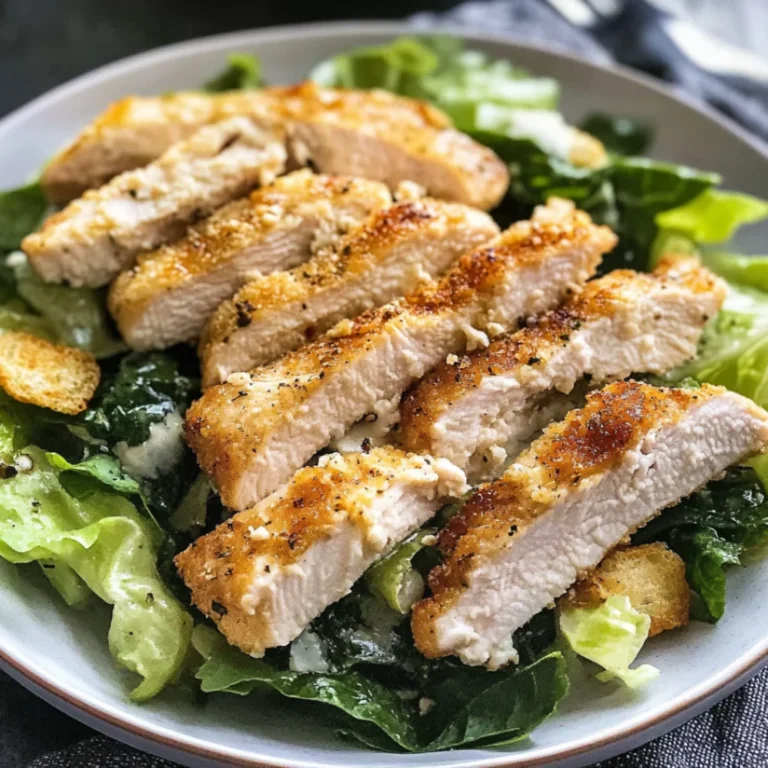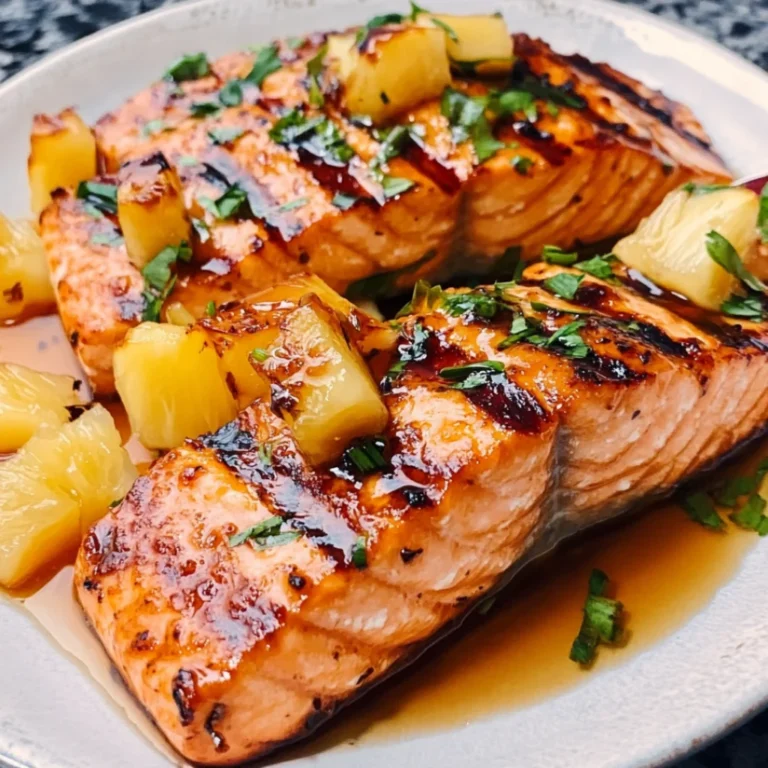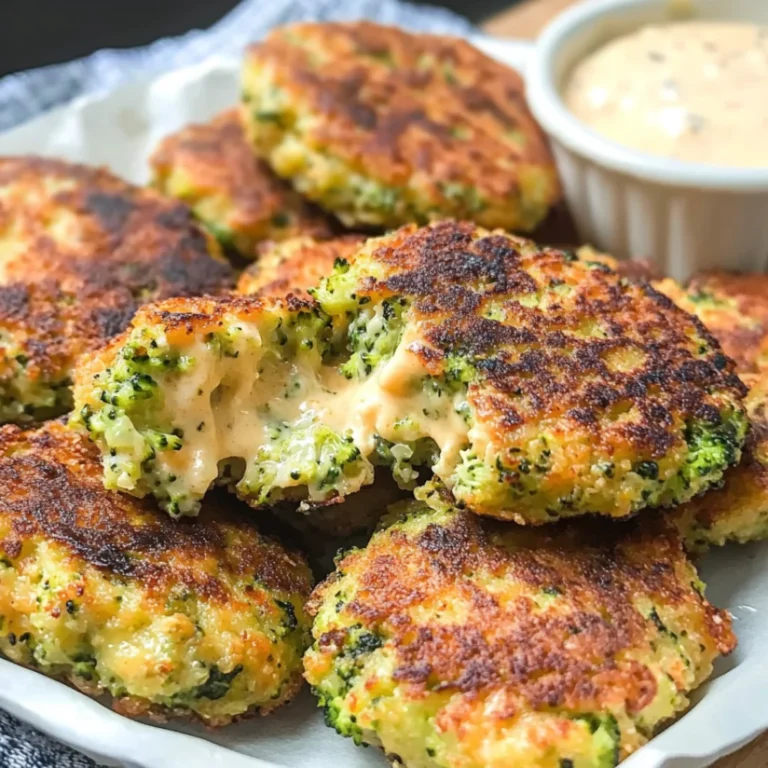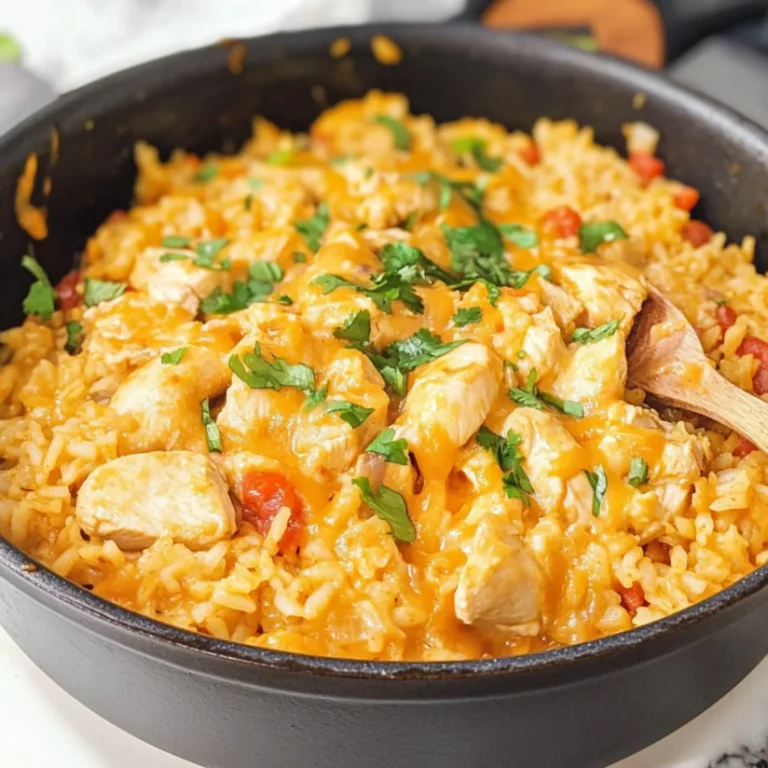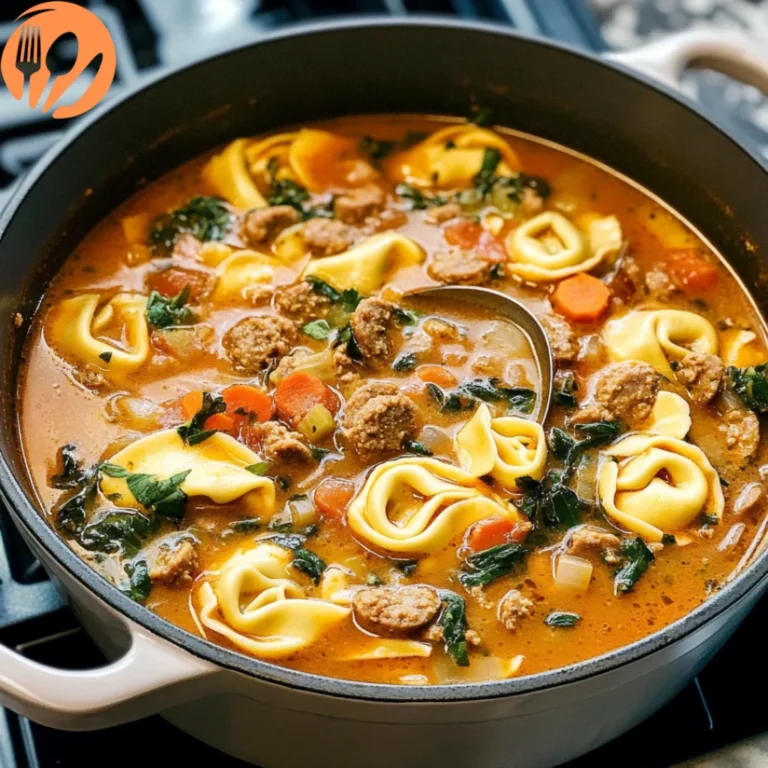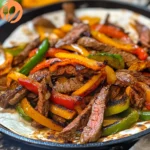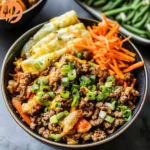Follow Me On Social Media!
Greek Stuffed Onions
Introduction
Did you know that stuffed vegetables have been a cornerstone of Mediterranean cuisine for over 2,000 years, with archaeologists finding evidence of similar dishes in ancient Greek settlements? While many people think stuffed peppers or tomatoes are the most popular options, Greek Stuffed Onions (known as "Kremmydia Yemista" in Greek) actually reign supreme in traditional Greek households. This lesser-known gem combines the sweet, caramelized flavors of slow-cooked onions with a hearty filling of rice, herbs, and aromatic spices that will transport your taste buds straight to the sun-drenched islands of Greece.
What makes Greek Stuffed Onions so special is their unique cooking method – the onions become incredibly tender while maintaining their shape, creating edible bowls that burst with Mediterranean flavors. Unlike other stuffed vegetables that can sometimes feel heavy, these onions offer a perfect balance of sweetness and savory richness that even the pickiest eaters will love.
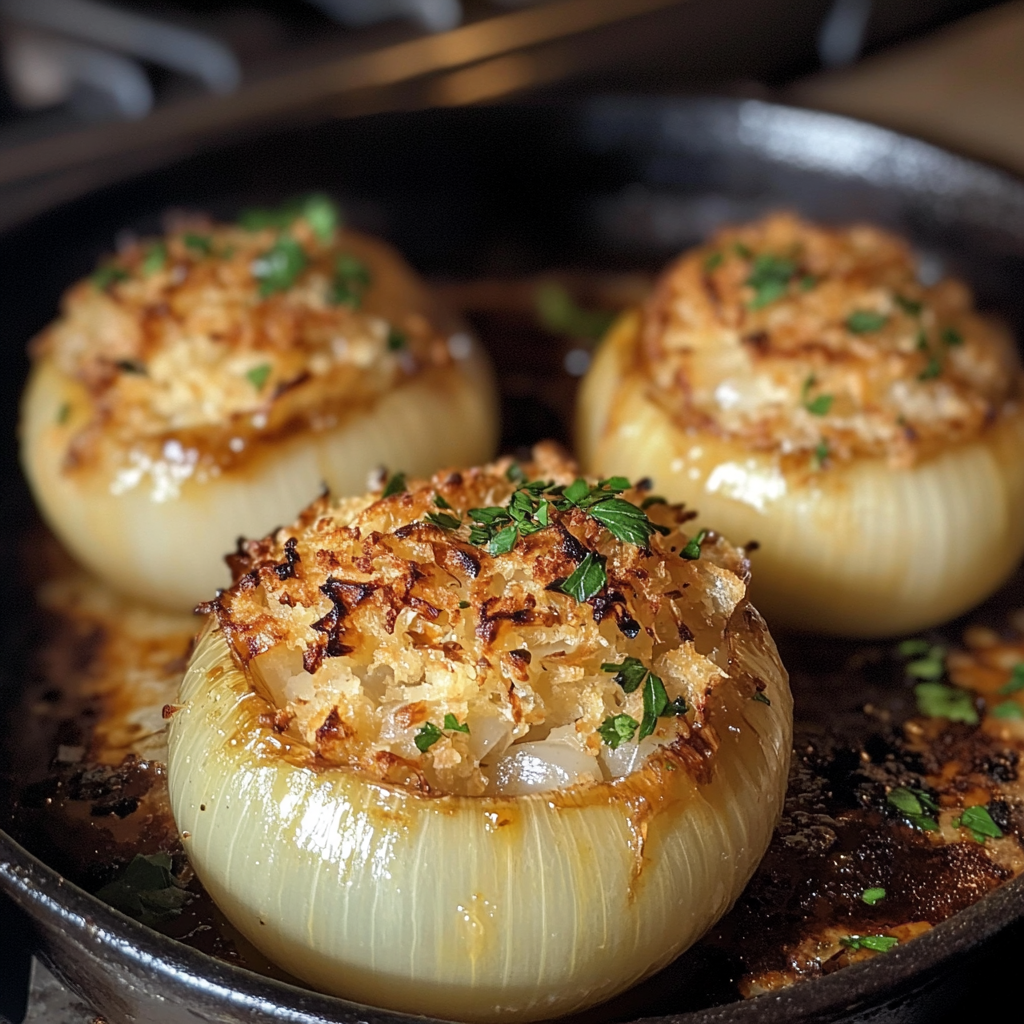
Ingredients List
Creating authentic Greek Stuffed Onions requires a careful selection of ingredients that work harmoniously together. Here's everything you'll need to bring this Mediterranean masterpiece to life:
For the Onions:
- 6 large yellow onions (about 3-4 inches in diameter) – Sweet onions work beautifully as substitutes
- 2 tablespoons extra virgin olive oil
- 1 teaspoon sea salt
For the Filling:
- 1 cup long-grain white rice (Arborio rice creates a creamier texture)
- 1 pound ground lamb (ground beef or turkey work as alternatives)
- 1 large tomato, finely diced (canned diced tomatoes work in a pinch)
- 1 medium onion, finely chopped (use the scooped onion centers)
- 3 cloves garlic, minced
- ¼ cup fresh dill, chopped (1 tablespoon dried dill as substitute)
- ¼ cup fresh mint, chopped (2 teaspoons dried mint work too)
- 2 tablespoons fresh parsley, chopped
- ½ cup pine nuts (chopped almonds or walnuts are great alternatives)
- 1 teaspoon ground cinnamon
- ½ teaspoon ground allspice
- Salt and freshly ground black pepper to taste
For the Cooking Liquid:
- 2 cups vegetable or chicken broth
- ¼ cup extra virgin olive oil
- 2 tablespoons tomato paste
- 1 tablespoon honey (maple syrup works for vegan version)
Timing
Planning is essential for perfect Greek Stuffed Onions. Here's your complete timing breakdown:
- Preparation Time: 45 minutes
- Cooking Time: 1 hour 30 minutes
- Total Time: 2 hours 15 minutes
This timing is quite typical for traditional Greek stuffed vegetables, which are known for their slow-cooking methods that develop deep, complex flavors. The extended cooking time allows the onions to become tender while the filling absorbs all the aromatic cooking liquid.
Step-by-Step Instructions
Step 1: Prepare the Onion Shells
Start by preheating your oven to 375°F (190°C). Peel the onions and cut about ½ inch off the top of each onion. Using a sharp knife, carefully cut around the inner layers, leaving about 2-3 outer layers to form a shell. Scoop out the centers with a spoon, creating hollow onion cups. Save the scooped onion flesh – you'll use it in the filling! This technique requires patience, but it's crucial for achieving those perfect edible bowls.
Step 2: Blanch the Onion Shells
Bring a large pot of salted water to boil. Carefully place the hollowed onions in the boiling water and cook for 8-10 minutes until they're slightly tender but still hold their shape. Remove with a slotted spoon and set aside to cool. This blanching step ensures your Greek Stuffed Onions will be perfectly tender without falling apart during the long cooking process.
Step 3: Create the Flavorful Filling
Heat 2 tablespoons of olive oil in a large skillet over medium heat. Add the chopped onion flesh, diced fresh onion, and minced garlic. Sauté for 5-7 minutes until fragrant and translucent. Add the ground lamb and cook, breaking it up with a spoon, until browned and cooked through (about 8-10 minutes). The key here is to get a nice browning on the meat for maximum flavor development.
Step 4: Add Rice and Seasonings
Stir in the rice, diced tomato, pine nuts, dill, mint, parsley, cinnamon, and allspice. Season generously with salt and pepper. Cook for another 3-4 minutes, stirring frequently, until the rice is lightly toasted and the herbs release their aromatic oils. This toasting step is what separates good Greek Stuffed Onions from truly exceptional ones.
Step 5: Stuff and Arrange
Carefully spoon the filling into each onion shell, packing it gently but not too tightly – the rice will expand during cooking. Arrange the stuffed onions in a baking dish that fits them snugly. Any leftover filling can be scattered around the onions in the dish.
Step 6: Prepare the Cooking Liquid
In a bowl, whisk together the broth, olive oil, tomato paste, and honey until smooth. Pour this mixture around (not over) the stuffed onions. The liquid should come about halfway up the sides of the onions.
Step 7: Slow Cook to Perfection
Cover the baking dish tightly with foil and bake for 1 hour and 15 minutes. Remove the foil and continue baking for another 15 minutes until the tops are lightly golden and the onions are fork-tender. The liquid should be mostly absorbed, creating a rich, concentrated sauce.
Nutritional Information
Each serving of Greek Stuffed Onions (1 stuffed onion) provides approximately:
- Calories: 385
- Protein: 22g
- Carbohydrates: 35g
- Fat: 18g
- Fiber: 4g
- Sugar: 12g (natural sugars from onions)
These stuffed onions are particularly rich in quercetin, a powerful antioxidant found abundantly in onions that supports heart health and may help reduce inflammation. The combination of lean protein from lamb and complex carbohydrates from rice makes this a well-balanced, satisfying meal that will keep you energized for hours.
Healthier Alternatives for the Recipe
Transform your Greek Stuffed Onions to meet various dietary needs without sacrificing flavor:
For Lower Calories: Replace half the rice with finely chopped cauliflower rice and use lean ground turkey instead of lamb. This swap reduces calories by approximately 80 per serving while maintaining the satisfying texture.
For Vegan Version: Substitute the meat with a mixture of chopped mushrooms, walnuts, and cooked lentils. Use vegetable broth and replace honey with maple syrup. The umami from mushrooms creates a deeply satisfying flavor profile.
For Low-Carb Option: Replace rice entirely with a mixture of chopped mushrooms, zucchini, and additional nuts. This reduces carbohydrates to under 15g per serving while boosting fiber content.
For Gluten-Free: This recipe is naturally gluten-free, but always check your broth labels to ensure no gluten-containing additives are present.
Serving Suggestions
Greek Stuffed Onions shine as a complete meal, but these accompaniments elevate the dining experience:
Serve alongside warm pita bread or crusty sourdough to soak up the flavorful cooking juices. A simple Greek village salad (horiatiki) with tomatoes, cucumbers, olives, and feta provides a fresh contrast to the rich, warm onions.
For beverages, pair with a medium-bodied red wine like a Greek Agiorgitiko or a crisp white wine such as Assyrtiko. Non-alcoholic options include sparkling water with lemon or traditional Greek mountain tea.
Garnish each serving with a dollop of thick Greek yogurt, a sprinkle of crumbled feta cheese, and fresh herbs. A drizzle of good-quality olive oil and a squeeze of fresh lemon juice just before serving brightens all the flavors beautifully.
Common Mistakes to Avoid
Overcooking the Initial Blanching: Many home cooks blanch the onions too long, causing them to fall apart during stuffing. Keep it to 8-10 minutes maximum – they should still have some firmness.
Overstuffing the Onions: Resist the urge to pack the filling too tightly. Rice expands significantly during cooking, and overstuffed onions will burst, creating a messy presentation.
Using the Wrong Onion Size: Onions that are too small won't hold enough filling, while oversized ones won't cook evenly. Stick to 3-4 inch diameter onions for best results.
Skipping the Rice Toasting Step: This crucial step develops nutty flavors and prevents mushy rice in the final dish. Don't rush this part of the process.
Inadequate Seasoning: Greek Stuffed Onions need bold seasoning to balance the natural sweetness of the onions. Taste your filling mixture and adjust salt, pepper, and herbs accordingly.
Storing Tips
Refrigeration: Store leftover Greek Stuffed Onions in the refrigerator for up to 4 days in an airtight container. The flavors actually improve after a day, making them perfect for meal prep.
Freezing: These onions freeze beautifully for up to 3 months. Wrap each onion individually in plastic wrap, then place in freezer bags. Thaw overnight in the refrigerator before reheating.
Reheating: For best results, reheat in a 350°F oven covered with foil for 20-25 minutes until heated through. Microwave reheating works for quick meals but may result in slightly softer onion shells. Add a splash of broth or water if they seem dry during reheating.
Make-Ahead Tips: You can assemble the stuffed onions completely up to 24 hours ahead. Store covered in the refrigerator and add an extra 10-15 minutes to the cooking time when baking from cold.
Conclusion
Greek Stuffed Onions represent the very best of Mediterranean home cooking – simple ingredients transformed into something truly spectacular through time-honored techniques and generous seasoning. This dish proves that the most memorable meals often come from the most humble beginnings, turning ordinary onions into edible works of art that satisfy both body and soul.
The beauty of this recipe lies not just in its delicious results, but in its versatility and make-ahead friendly nature. Whether you're planning a special dinner party or looking for a comforting weeknight meal that feels extraordinary, these stuffed onions deliver every time.
Ready to bring the warmth of a Greek kitchen into your home? Gather your ingredients, set aside an afternoon, and prepare to fall in love with this timeless recipe. Don't forget to share your creations on social media – we'd love to see your beautiful Greek Stuffed Onions!
FAQs
Can I make Greek Stuffed Onions ahead of time?
Absolutely! You can assemble the entire dish up to 24 hours in advance. Simply cover and refrigerate, then add 10-15 extra minutes to the cooking time. The flavors actually develop beautifully overnight, making this an excellent choice for entertaining.
What's the best type of onion to use for stuffing?
Large yellow onions work best due to their perfect balance of sweetness and structure. Sweet onions like Vidalia are also excellent choices. Avoid red onions as they can become too soft, and white onions may be too sharp in flavor for this delicate dish.
Can I substitute the lamb with other proteins?
Yes! Ground beef, turkey, or even a plant-based meat substitute work wonderfully. For vegetarian versions, try a mixture of chopped mushrooms and lentils, or use crumbled firm tofu seasoned with the same herbs and spices.
Why do my stuffed onions fall apart during cooking?
This usually happens when the onions are over-blanched initially or when they're stuffed too tightly. Make sure to blanch for only 8-10 minutes and leave room for the rice to expand. Also, ensure you're leaving at least 2-3 outer layers of the onion intact when creating the shells.


